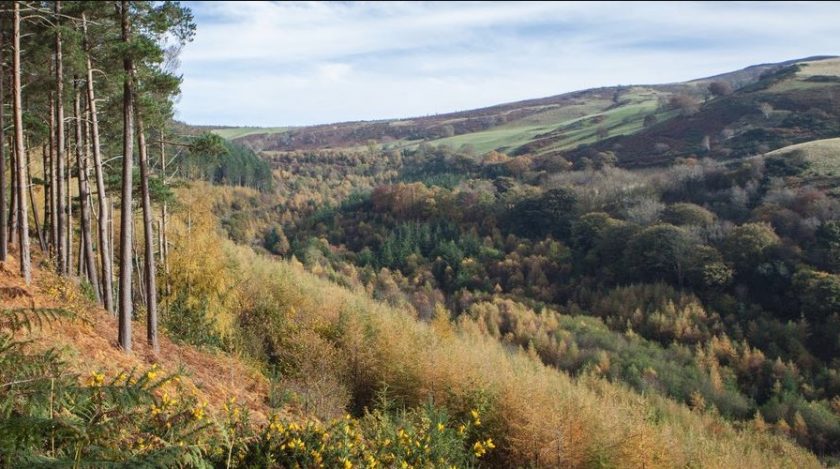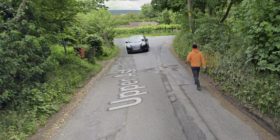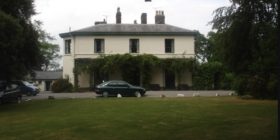Area of diseased larch trees equivalent to 30 football pitches set to be felled in Moel Famau forest

Natural Resources Wales (NRW) has said it is to fell diseased larch trees at Moel Famau in the New Year to help slow the spread of the disease.
The trees are infected with Phytophthora ramorum, commonly known as larch disease.
They cover around 26 hectares – or the size of 30 football pitches.
NRW said the felling work the hugely popular destination will be carefully managed to keep disruption to a minimum.
NRW and Clwydian Range and Dee Valley AONB officers will be at Moel Famau car park on Sunday 5 December and Monday 6 December 2021 to answer any questions people may have about the work and how it will be managed.
The work is scheduled to start in January 2022 and be completed by the end of March 2022.
To keep people safe, there will be road and trail closures, which will be clearly sign-posted.
After the work, NRW will replant forest areas with alternative trees for timber production.
Areas surrounding the car park, road and trails will be planted with a mix of broadleaf species to help wildlife and enhance the environment for everyone’s enjoyment.
Aidan Cooke, Senior Forest Operations in North East Wales for NRW, said:
“We are legally required to comply with a statutory plants health notice, which says that diseased larch trees must be destroyed to prevent further spread of the disease.
“We appreciate that this will have a visual and amenity impact on the area but our replanting plan will alleviate this over time.
“We will work closely with the local community throughout the work and provide regular updates to reduce the impact wherever possible.
“Our priority is to keep people safe and we thank everyone for their cooperation.”
Cllr Tony Thomas, Denbighshire County Council’s Lead Member for Housing and Communities, and Chair of the Clwydian Range and Dee Valley AONB Joint Committee, said:
“It is very unfortunate that larch disease has been identified at Moel Famau.
“This is a major, but essential, operation and the Council and the Clwydian Range and Dee Valley AONB will be working very closely with NRW to minimise the impact in terms of biodiversity and disruption to this popular beauty spot.
“We will also be supporting a replanting scheme to reduce the impact going forward.”
Although diseased, the larch trees are a viable crop. The 4500 tonnes of trees removed will go to sawmills to be used for house building material, fencing and wood fuel.
In 2013, surveys identified that larch disease was spreading rapidly across forestry in Wales, sparking a nationwide strategy to remove diseased trees to slow the spread.
Spotted something? Got a story? Send a Facebook Message | A direct message on Twitter | Email: News@Deeside.comLatest News









